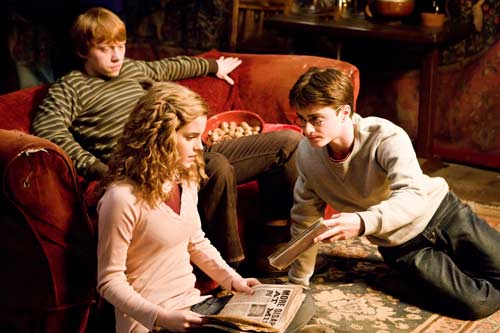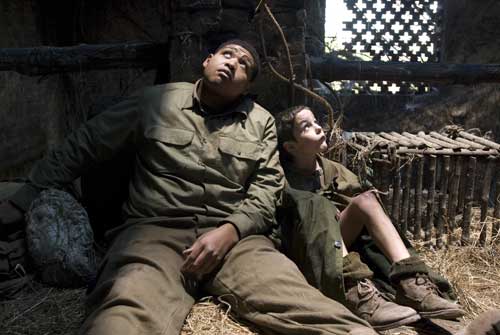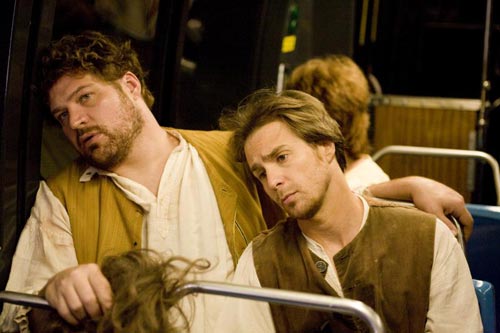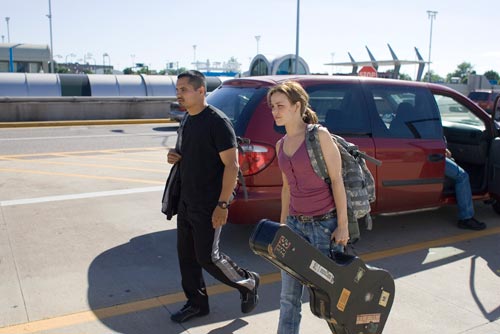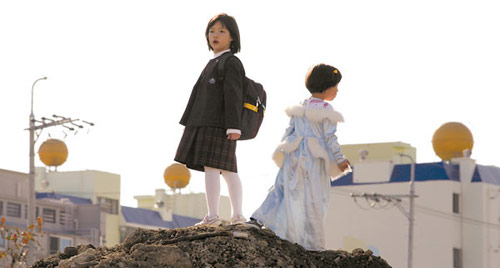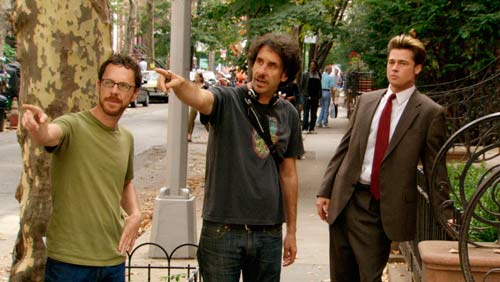
If there's a trait I hate to see in a film critic it's the willingness to dismiss with little thought a film that doesn't immediately reveal itself. So when I sense that tendency in myself, I feel a little guilty.
Take the Coen brothers. I was a fan in college but eventually decided that I'd seen all their tricks and lost interest. College seems like the right age to appreciate their stuff, and while I always wished they'd attempt something a little more ambitious with their obvious gifts, that mythical film has never materialized. I kept watching their movies up through Intolerable Cruelty, the one with George Clooney and Catherine Zeta-Jones, the one with the asthma inhaler gag, the one with the rapid fire conversations that -- I remember noting -- I'd like to watch again one day, separate from the rest of the film, if possible.
But it was the last straw. The Coens were no longer an auto-see. I skipped The Ladykillers.
Even No Country for Old Men, which I watched in the ritzy digs of Lincoln Center during the New York Film Festival, felt to me like an exercise of their technical abilities -- their way with storytelling mechanics more than anything else -- and an exercise that sustained a good hour before it drifted into pretensions I didn't believe.
But after a quick dismissal and the subsequent guilt, I gave it more effort. Everyone else was. It seemed only fair. Revisiting No Country for Old Men didn't turn me around, but it reminded me that their exceptionally well-crafted films do offer certain pleasures, like the pleasure of releasing a shoelace from its knot. But when the knot seems to exist for its own sake, when it seems to have been created only for me to unravel -- gee, thanks -- I'm inclined to use the scissors and get it over with.
Burn After Reading isn't generating the same critical dialogue that No Country for Old Men did, for whatever reason. As our sample of quotes in the grid attest (which are not, of course, representative of the universe of criticism; they're just our faves), this one is disappointing to many people who see it as the return to a lesser form. Me, I'm not sure they ever strayed very far.
But when Michael Sicinski, Mike D'Angelo, Victor Morton, and Karina Longworth actually sort of agree that Burn After Reading has merits and find plenty to roll around in (a couple of them placing it among their favorite films of the year!), maybe it's worth a little more time, even while steeling myself against the the aroma that's always steaming from the Coens stew: that we the viewers -- and especially we the critics -- are one of the joke's many butts. To bark in all caps at the idiocy of other reviewers, to complain that some of the film's detractors in Toronto* were "people who like to spend a lot of time bitching," is reminiscent of its own noisiest characters.




